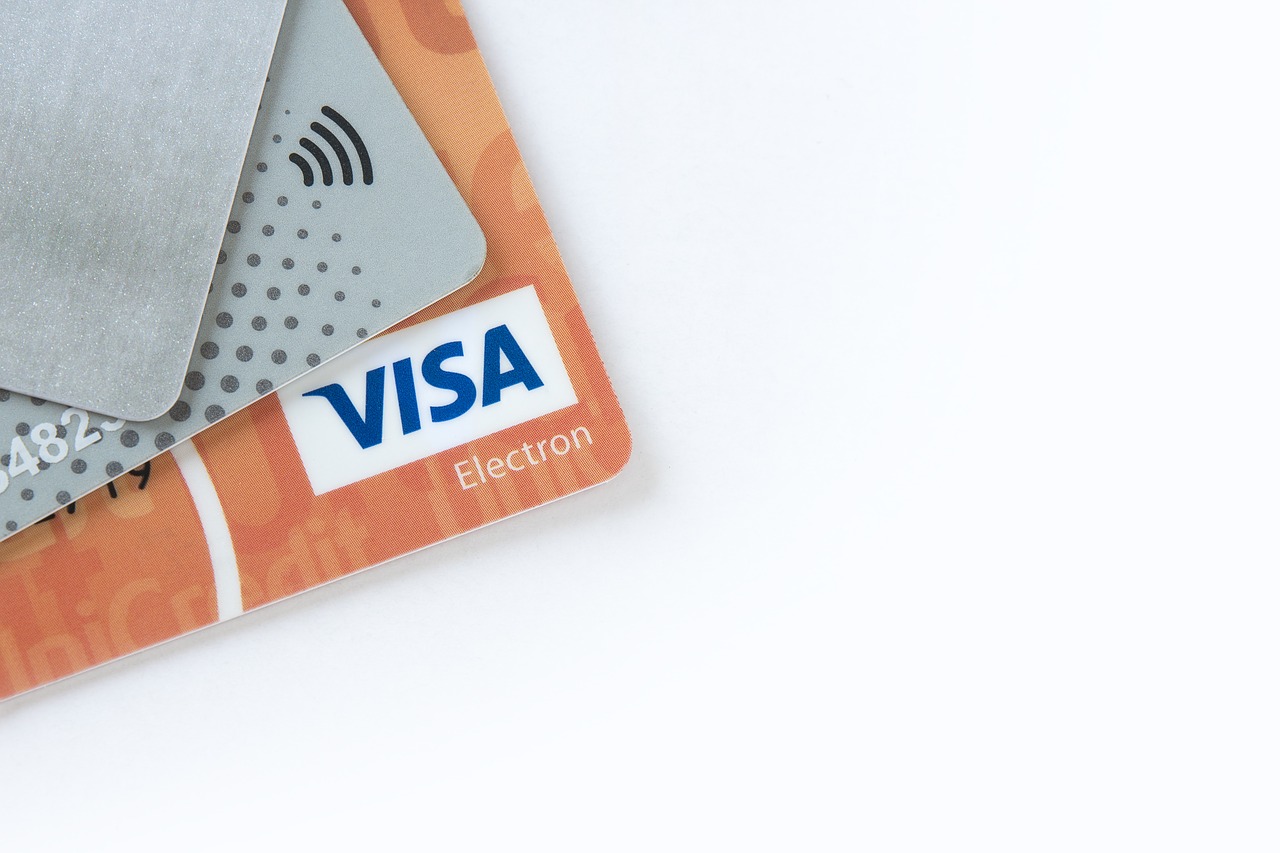Accounting
Programmable Money: How Virtual Cards Are Improving T&E Management
Companies don't want every employee to have a corporate credit card. When you have plastic walking around, it can be lost, stolen, or used fraudulently.
Feb. 09, 2023

By Keith Axelsen.
It’s hard to imagine companies funding employee travel and expenses (T&E) without plastic credit cards. They offer the ultimate flexibility for employees to get whatever they need when they’re away on company business. However, these cards are not always the best – or most lucrative – option.
The biggest challenge with physical cards is that companies don’t want every employee to have a corporate credit card. When you have plastic walking around, it can be lost, stolen, or used fraudulently. The majority of employees don’t make enough corporate purchases to warrant that risk.

Thanks for reading CPA Practice Advisor!
Subscribe for free to get personalized daily content, newsletters, continuing education, podcasts, whitepapers and more...
Already registered? Login
Need more information? Read the FAQ's
In the back office, it’s an administrative nightmare to keep track of cards that aren’t actively being used. So, companies often need to limit the number of cardholders to people who utilize them regularly.
For employees that don’t have a corporate card, the traditional option has been to let them use their personal credit card. Then they submit a reimbursement form, attach all of their receipts to their paperwork, and present a justification for the expenses – resulting in a time-consuming, tedious process.
With this process, companies expect their employees to float the company money – sometimes for 30 days or longer if the reimbursement process is slow. That can cause cash flow problems for them. Some employees are okay with this because they’re getting all the points or rebates on company spending, but for the business, they’re both losing out on rebate revenue potential while causing undue stress on employees.
The solution?Virtual cards. Programmable virtual credit cards offer companies a more customizable solution for when they want more control over T&E spending. They also address the challenges that plastic cards present for both companies and employees.
Virtual card Application Programming Interfaces (APIs) open the door to a better solution for everyone. You can connect to a virtual card issuing platform that lets you manage your virtual cards quickly and easily. You can then allow these cards to be used for limited spending by a specific person, even for a defined purpose and frequency, all within a specific time frame.
For example, let’s say you’re sending someone out on the road for a week and their hotel has already been paid for by the company. You don’t need to give them a card with a $4,000 credit line for that. You can simply issue a virtual card and set the controls so that they can spend up to $150 each day.
You can also set controls so that the card can only be used for purchases within certain Merchant Category Codes (MCCs). These MCCs can include restaurants, limo services, taxis, and even big box stores like Walmart or Target. You can even narrow the purchases down to specific items, like a toothbrush or aspirin. Essentially, if you don’t set the purchase as an MCC, it’s restricted.
You set the controls, and when the card is presented, you can perform real-time authorizations using all of the data from the authorization message. These cards are secure by their very nature, which allows your business to know about any potential fraud within seconds.
All of this is done instantaneously through APIs and webhooks. It’s all application to application. No people are involved.
You can also use User-Defined Fields to attach metadata that’s meaningful to your business. The metadata flows through your systems throughout the lifecycle of the card, and comes in handy when reconciling and categorizing payments.
You can even customize your card art, and supply the virtual card directly to the recipient’s digital wallet for frictionless point-of-sale acceptance.
This is what we call “Virtual Card as a Service.” It’s taking existing virtual card technology and automating it so that corporate travel administrators can create, manage, and supply these cards as needed. They could be for employees who don’t need to be carrying around a company card, and even for contract workers or temporary employees.
Nobody has to float the company money. Nobody has to contend with a manual expense reimbursement process, and the company gets the rebates.
Plastic T&E cards aren’t going away anytime soon. Whether they’re issued by the company, or people use their own cards and get reimbursed, they’re still considered a convenient way to pay for non-invoiced spending. But there are a lot of different ways that people spend a business’s money, and some ways benefit the business more than others.
The ability to program virtual cards with embedded controls gives companies more control – and more benefits – than ever before.The cardholder can pay at the point of sale with the same ease as plastic, and they don’t have to hassle with reimbursements. The company’s spending controls are enforced automatically, and they don’t have to take on the risk of having plastic cards outstanding. The customization is unmatched and ultimately safer for the businesses, making virtual cards the better way to manage T&E purchases.
=====
Keith Axelsen, is VP Commercial Product Management for Corpay.
